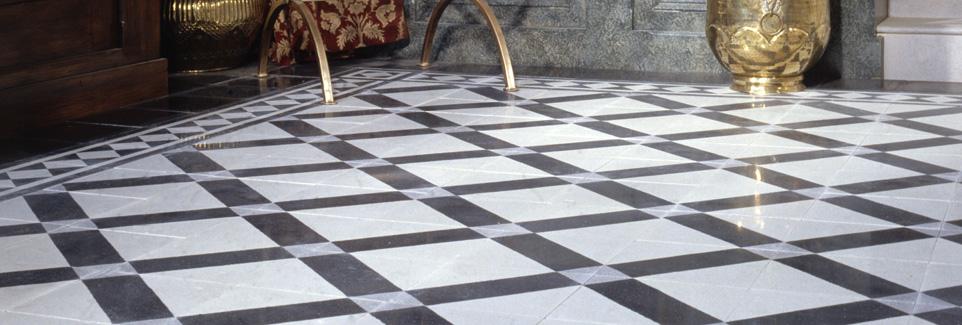












A small statue is called statuette. A statue of just a head and shoulders is a bust.
Many statues are built on commission to commemorate a historical event, or the life of an influential person. Many statues are intended as public art, exhibited outdoors or in public buildings for the edification of passers-by, with a larger magnitude than normal words could ever have for the common man.
On rare occasions, statues themselves become historic and inspire their own historic events. In 1986, when the Statue of Liberty marked her one-hundredth anniversary, a three-day centennial celebration in her honor attracted 12 million, said to have been the largest public event in the world as of that date[citation needed]. The guest list was unique. "We invited all the great statues of the world to her birthday party and created giant puppets to represent them," said Jeanne Fleming, director of the event. "Each one arrived accompanied by native music."
There is an urban legend concerning a code for mounted statues, whereby the horse's hooves are supposed to indicate how the rider met his end. One hoof off the floor would indicate the rider died of wounds received in battle, or perhaps was just wounded in battle; two hooves off the floor would indicate the rider was killed in battle. An examination of the equestrian statues in most major European cities shows this is not true. If it ever was true, the practice appears to have died out in the 19th century.
Statues are amongst the wonders of the world, with the Colossus of Rhodes and the Statue of Zeus at Olympia among the Seven Wonders of the Ancient World and the Moai of Easter Island among the wonders of the modern world
By Appointment
PARIS CERAMICS
South Park Studios - Suite 10
88 Peterborough Road, London SW6 3HH
United Kingdom